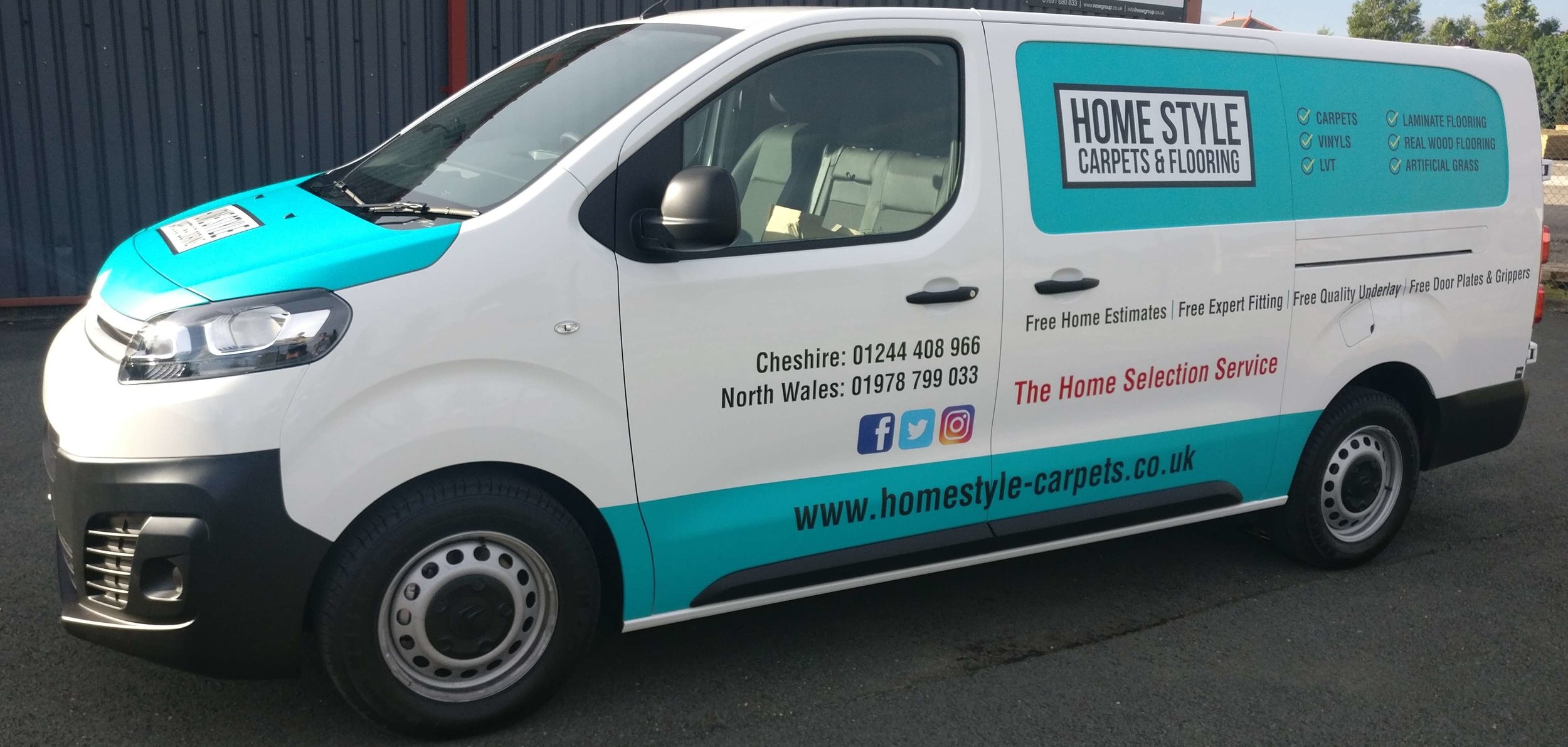What are the best eco-friendly flooring options?
/In this era of environmental awareness, more people are starting to think about the impact of their everyday choices on the world around us. One of the areas where it is possible to have a positive environmental effect is in the choice of floors that you opt for in your home.
When it comes to eco-friendly flooring choices, the matter really boils down to two factors: how the floors are manufactured and how long they will last. It is about whether the process of making the floors harms the environment or not, whether the raw materials can be recycled and how quickly the floor will need to be replaced.
Read on to learn about the best floor choices if you want to make a ‘green’ statement in your home.
Cork
Cork is universally recognised as one of the best floor choices in terms of its impact on the environment. To start with, the material used to make it is taken from cork oak trees, which can have their bark stripped each decade with no long-term damage being done to them. The material is also fully biodegradable and able to be recycled once the floor has reached the end of its natural lifespan. However, cork floors tend to last for a long time, as the material is very durable.
That earns it full marks in terms of eco-friendliness and makes it a fine choice if that is a priority for you. It is a floor that can be fitted very easily, and has a number of other advantages too. Cork is warm and soft underfoot, which is useful in places like Chester when its especially cold. Cork is ideal for bathrooms because it is resistant to water damage.
Solid Wood
Solid hardwood flooring is another very eco-friendly choice for a home. Unlike engineered wood, it is completely natural so there is little in the manufacturing process that will harm the environment. Again, wood is a material that is totally biodegradable, being a natural earth resource, and it can be recycled for use as fuel or for other purposes when it is no longer being used for the floors of your home.
If properly looked after, solid wood floors will also be a very durable and long-lasting floor surface. Some homeowners choose to put down rugs in rooms where people will be walking over the wood in boots or shoes or where the claws of dogs might cause scratching. Wood can also be rotted by water, so it will be better for living rooms or bedrooms than bathrooms, but solid wood floors have the further advantage of looking great and being easy to wipe clean.
Bamboo
Many people think of bamboo as wood, but it is actually a type of grass that makes for a highly sustainable floor choice. It has a very rapid growth cycle, so it is soon restored after being cut for use as a floor material. While it may not sound like it would be especially hard wearing, bamboo is actually surprisingly durable too – even more so than some types of wood.
Like solid wood floors, it is also a wholly natural earth resource and thus is biodegradable and recyclable after its lifespan has ended. All of that makes it another floor option that passes every eco-friendly test as well as one that is a cost-effective selection. Bamboo can mimic the beautiful look of wood floors due to the dark caramel and earth shades that it is available in.
Like wood, it is best used in rooms where there is no danger of excessive water spilling on it though. That is because this can cause it to warp.
Wool Carpeting
Whether carpets are eco-friendly or not depends entirely on what material they are made from. Carpets made from synthetic fibres fail most environmental tests, both in their manufacture and their afterlife, but the same is not true for a material like wool.
This is a natural resource that is sustainable and fully biodegradable. As long as it has natural jute added as backing, it can be broken down rather than ending up in landfills. Wool carpeting will also not give off the fumes that synthetic carpets do that are caused by the volatile organic compounds (VOCs) that are utilised during their manufacturing process.
Wool carpets may be a little more costly than synthetic ones, but they will last for longer, which is another eco-friendly point in their favour. They also make for a floor choice that is very warm and comfortable underfoot, ideal for areas that are used a lot such as living rooms and bedrooms. The one room to avoid fitting them in is the bathroom, as they can be damaged by water.
You can contact flooring professionals who have years of experience to get more details about these eco-friendly floor choices.

